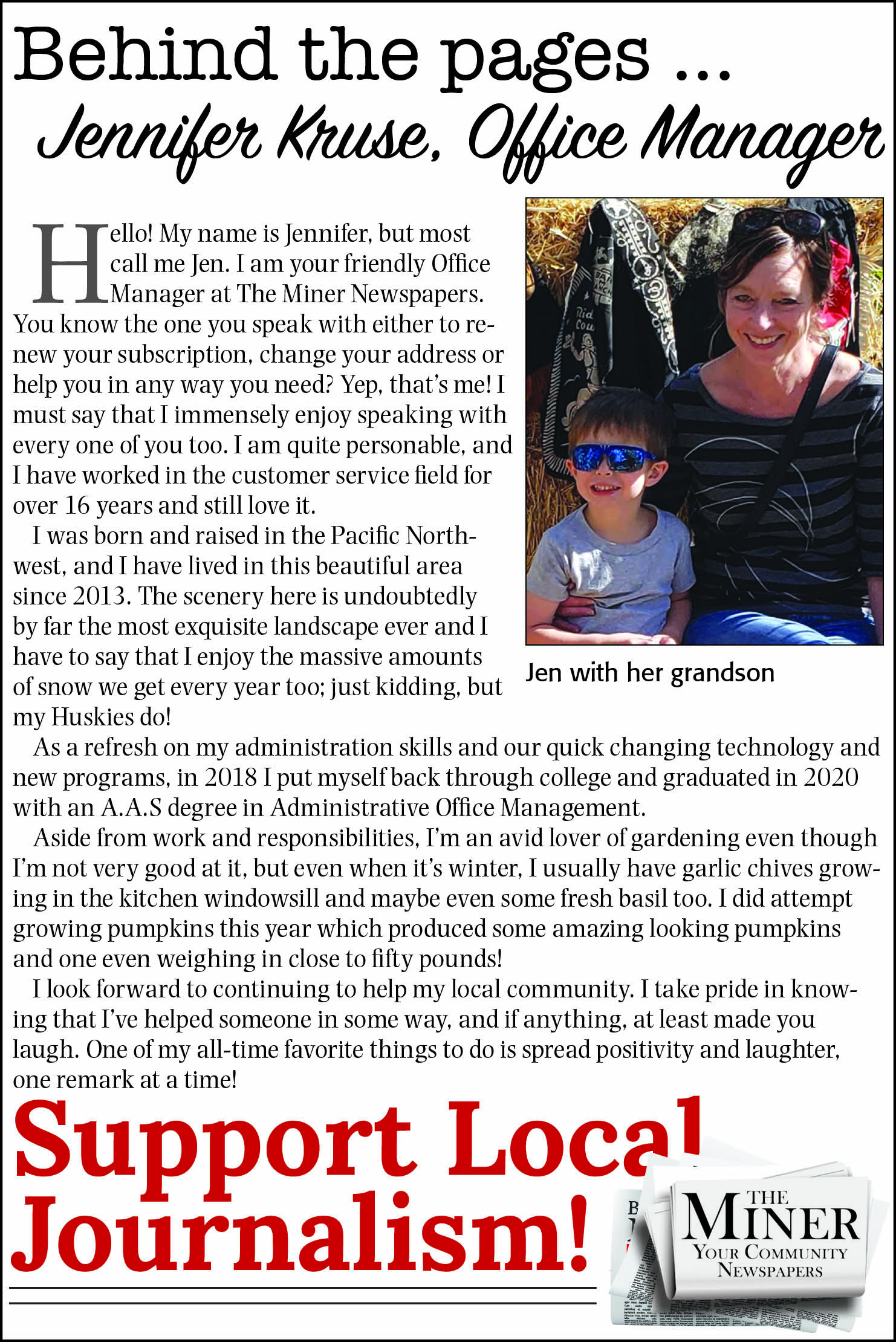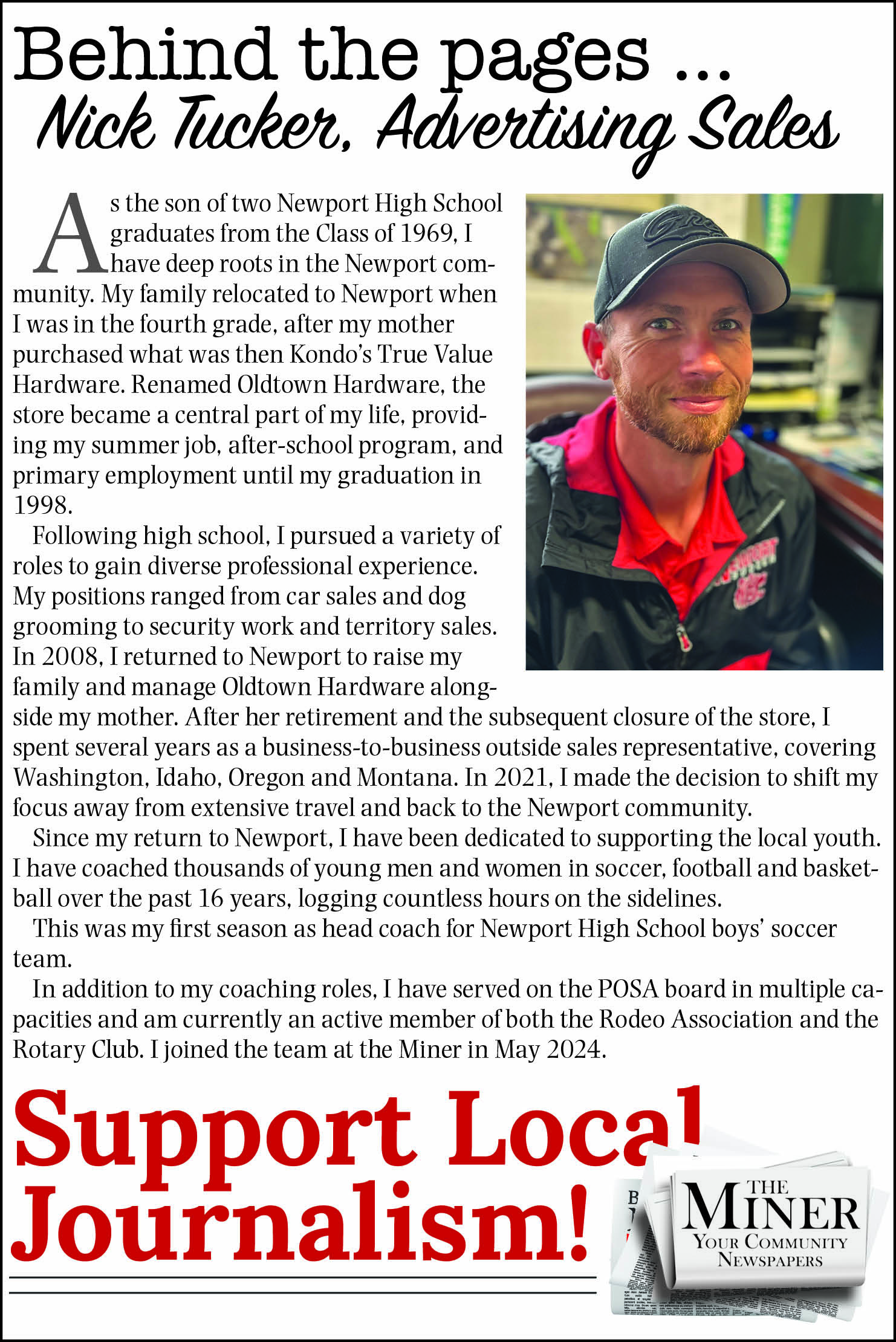GUEST OPINION
GUEST OPINION
As salmon restoration ramps up on the Columbia River above Chief Joseph Dam, it is important to establish balances between those fish already in reservoirs behind dams and salmon being introduced. Completed in 1942, Grand Coulee Dam became the largest U.S. hydropower plant. It generates enough power to supply about two million households with electricity for one year. Water stored in Lake Roosevelt, which is 150 miles long and as deep as 375 feet, reduced downstream flooding. Grand Coulee and Chief Joseph dams blocked salmon from migrating upstream. Consideration of a fish ladder was canceled when the Grand Coulee project grew from 290 to 550 feet high. The height increase was to store enough water to irrigate 670,000 acres of farmland in Central Washington. Suddenly, salmon disappeared from the Columbia above both barriers.
In the last decade, upper Columbia River tribes in the U.S. and Canada, developed plans to restore the prized Chinook which not only provides an important food source, but have deeply ingrained cultural values.
Phase I of the restoration strategy is to release adult Chinook in selected locations above both dams. In 2017, the Colville Tribe started turning loose 165,000 juvenile Chinook upstream of the impoundments each year.
The welcome news is last spring, a juvenile Chinook salmon was confirmed in the Kettle River near Cascade Falls, BC, for the first time since reintroduction started. Transplanting Chinook and coho to set up fish runs is not new. Pacific Northwest salmon were introduced into Lakes Michigan, Huron and Superior in the late 1960s to control the exploding alewife population, which had no earlier predators.
Alewife, which is not native to the Great Lakes, is an Atlantic Ocean herring which is anadromous (born and die in freshwater and otherwise lives in the ocean). Like the sea lamprey, the alewife entered the Great Lakes through the Welland Canal, which bypasses Niagara Falls.
In 1949, the alewife first appeared in Lake Michigan. As populations of native lake trout and burbot in Lake Michigan declined due to overfishing, pollution and sea lamprey parasitism during the early and mid-1900s, alewife numbers skyrocketed. By the 1960s alewives constituted 70 to 90% of the fish weight in Lake Michigan, George Becker wrote in “Fishes of Wisconsin.”
Coho and Chinook salmon in Lake Michigan also prey on trout, a pattern likely to persist as their populations grow in the Upper Columbia region. A key part of the management strategy is dealing with prey fish, especially rainbow trout. Balance is key.
Lake Roosevelt has three fish hatcheries, two of them operated by the tribes and a third run by the Washington Dept. of Fish and Wildlife (Fish and Wildlife). They spawn and rear trout and kokanee for the sport fishery in the lake. They release more than 500,000 rainbow trout and 500,000 kokanees into the lake each year.
Like our state, Michigan has a hatchery restocking program. Fisheries managers update and adapt it according to the DNR’s predator-prey relationship between salmon and alewife/trout populations.
The DNR’s website reports: “Maintaining balance between predator and prey populations is critical for successful fisheries management.” It must be continually updated.

Lake Michigan hosts several important predators that are integral to its sport fisheries, including the native lake trout as well as introduced species such as Chinook, coho, rainbow trout and brown trout. These predators are sustained through both stocking (hatchery) and wild production.
In Michigan, salmon is a large part of the $7 billion recreational fishing economy which is huge. For example, the state sold 1.18 million fishing licenses last year. As the Upper Columbia River Chinook reintroduction gears up, there is important data to be collected. Michigan’s DNR system has systems that work. In Washington, keeping balance is essential as we move forward with restoring Chinook to the upper tributaries of the mighty Columbia River.
It is long overdue and happening thanks in large part to the Tribes.
DON C. BRUNELL IS A BUSINESS ANALYST, WRITER, AND COLUMNIST. DON LIVES IN VANCOUVER. YOU CAN CONTACT HIM AT [email protected].
.png)













